Dams have gradually become an essential part of human infrastructure. Used for power generation, water storage, and flood control, these vast structures play a critical role in the lives of billions of people every day.
Hydroelectric energy is the most commonly-used renewable source of electricity. It’s also considered the lowest-cost source of electricity in many parts of the world, and it’s clean energy that doesn’t pollute the air like fossil fuels. Still, sometimes it’s questioned due to displacing communities and affecting the surrounding environment.
Dams themselves are big — sometimes, very big. Unlike skyscrapers, stadiums, or bridges, the term “dam” covers a wide range of designs, sizes, and functions that encompasses more than 800,000 structures worldwide. This makes it pretty hard to define a single structure as the largest dam in the world — because it depends on what you’re looking at. Is it height, volume, stored water?
Well, we did our best to find the largest dams based on all available metrics. Here is our definitive list of the largest dams.
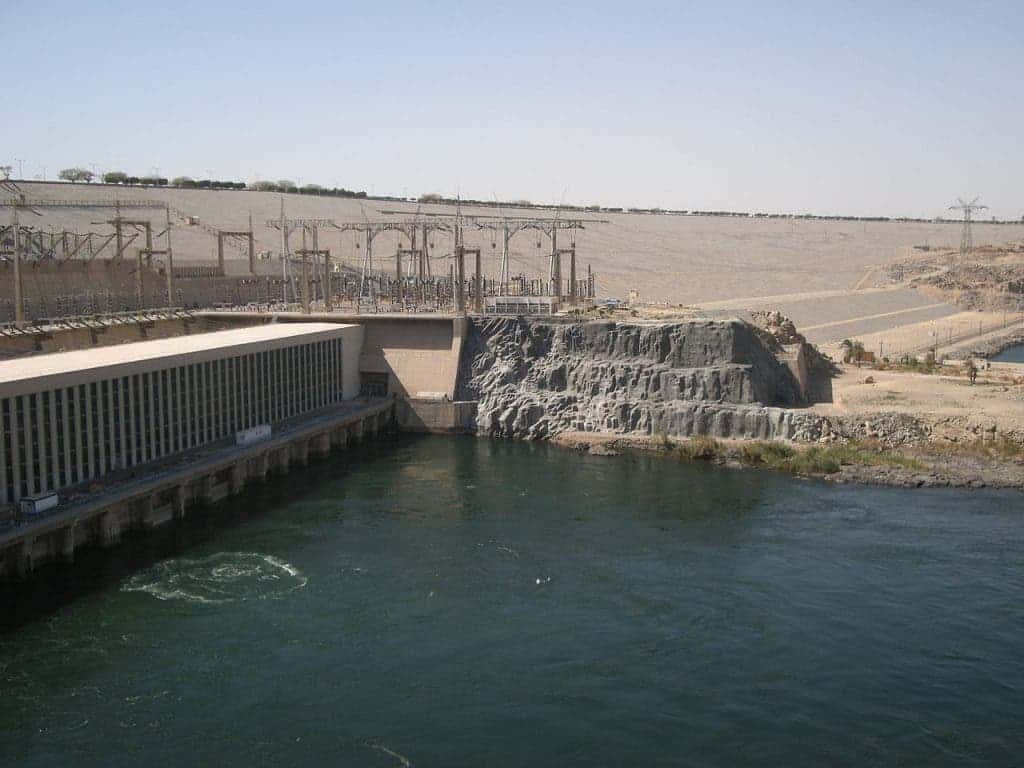
Largest dam by reservoir volume — Aswam Dam, Egypt
The Aswam Dam is considered the largest one by reservoir volume. It’s also the biggest one in the Nile River in Egypt. Its reservoir, Lake Nasser (named after former president Gamal Nasser) has a water storage capacity of 132 billion cubic meters. It generates 2,100 MW and also provides water for agriculture in Egypt and Sudan.
The dam follows the construction of the Aswan Low Dam, completed in 1902. Based on the success of the Low Dam, then at its maximum utilization, construction of the High Dam became a key objective for the government. The dam was seen as pivotal to Egypt’s industrialization, with its ability to control flooding and generate electricity.
The Guri Dam is the second-largest by reservoir volume. Officially known as the Simón Bolívar Hydroelectric Plant, the dam is located in Venezuela and it has a reservoir of 135 billion cubic metres. The dam is 162 metres high (531 feet) and 7.5 kilometres long. For many years, it was the most powerful in the world with a capacity of 10,200 megawatts.
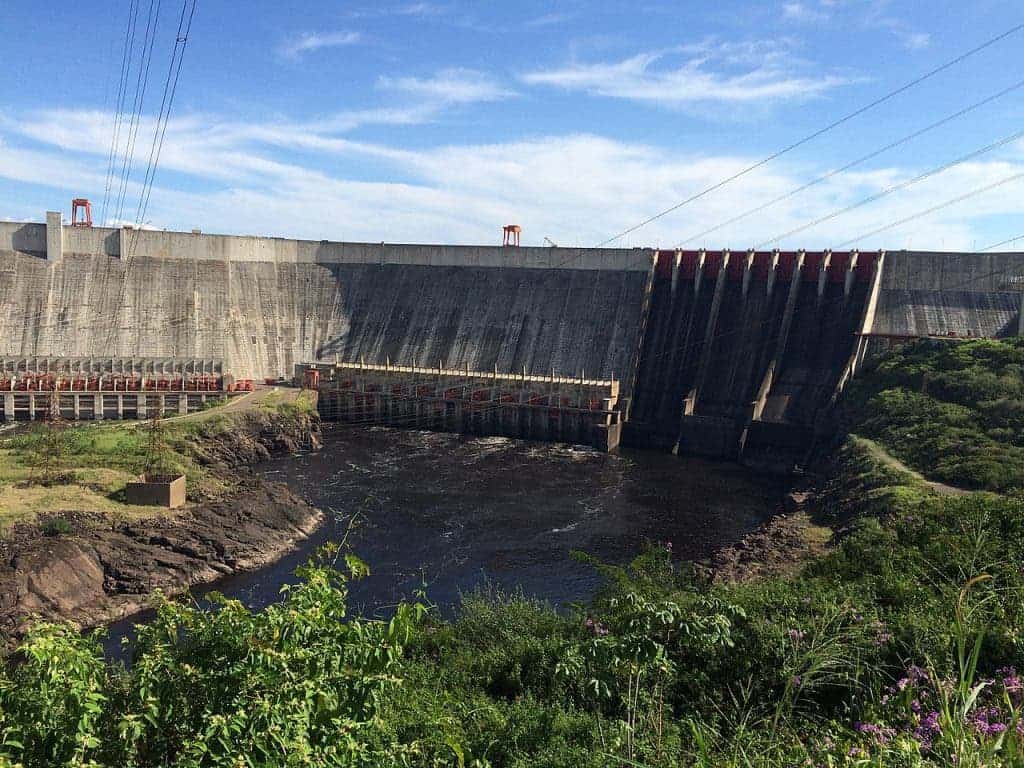
The construction was done in two phases; it started in 1963 and 1986. A modernization project for the dam is also currently underway — and many of the world’s largest dams are in dire need of modernization.
The Guri Dam is situated 100 kilometers upstream of the Caroni River in Necuima Canyon in the region of Orinoco. Venezuelan company CVG Electrification del Caroni (Edelca) operates and maintains the plant.
The Samara Dam ranks third, located on the Tigris River in Iraq. Its main purpose was to divert floodwater in the Tigris to Lake Tharthar but it also serves to produce hydroelectric power. It was completed in 1956. The Ataturk Dam and the Three Gorges Dam complete the ranking of the largest dams by reservoir volume.
Largest dam by structure volume — Tarbela Dam, Pakistan
The Tarbela Dam is the largest one by structure volume. It’s located in the Indus River in Pakistan and was completed in 1976. The dam is 143 meters (469 feet) high above the riverbed, while the reservoir has a surface area of 250 squared kilometers. Its main goal was to supply water for irrigation by storing flows during the monsoon period.
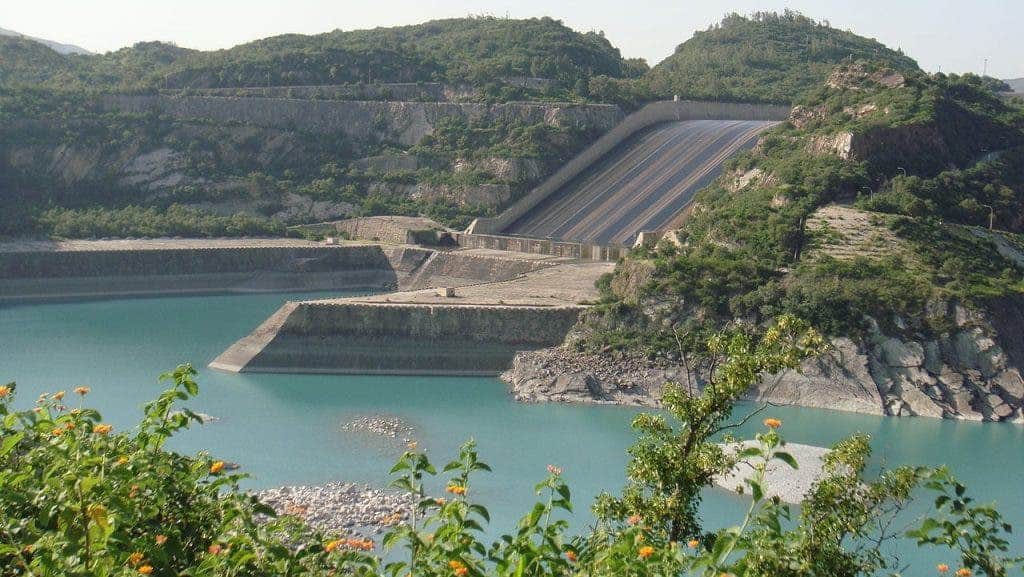
The construction of dam was carried out in three stages to meet the diversion requirements of the river. It’s one of the two main structures on the Indus River, the other being the Mangla Dam. It has an installed capacity of 4.888MW, which will be increased to 6.298MW after the completion of the planned fifth extension of the dam.
The Fort Peck Dam is the second largest one by structure volume. It’s also the highest of six massive dams along the Missouri River in the United States. It has 6,409 meters in length and 76 meters in height, making it the largest hydraulically filled dam in the US. The dam creates Fort Peck Lake, the fifth largest artificial lake in the US.
The dam has a capacity of 185MW and is managed by the US Army Corps of Engineers. Its main purpose is to improve navigation on the river below Sioux City, Iowa, to its junction with the Mississippi. Flood control, prevention of bank erosion, hydroelectric power, and irrigation secondary and resulting purposes.
The Ataturk Dam, originally the Karababa Dam, ranks third, located on the Euphrates River in Turkey. It was built to generate electricity and irrigate the plains in the region and it was completed in 1992. The embankment is 169 meters high and 1,820 meters long. The Houtribdijk Dam and the Oahe Dam rank fourth and fifth by volume.
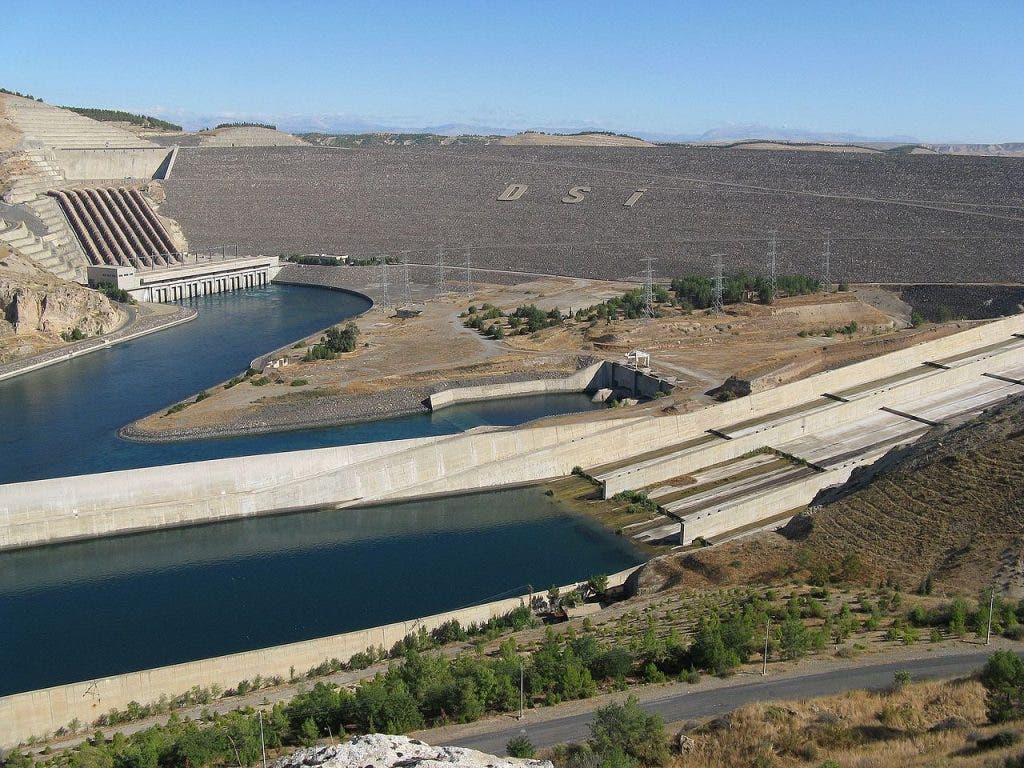
Largest dam by structure height — Nurek Dam, Tajikistan
The Nurek Dam is the largest one in the world by structure height, standing at a whopping 300 meters (984 feet) high. Located in the Vakhsh River in Tajikistan, its main purpose is hydroelectric power generation, with an installed capacity of 3.015MW. Construction began in 1961 and finished in 1980 when Tajikistan was still a republic as part of the Soviet Union.
It’s one of the five operational dams in the Vakhsh River, with other four in planning or construction phases. The existing dams are responsible for about 90% of the country’s electricity, but at times, they have been insufficient to keep up with demand, Roghun Dam, which is under construction in the river, will reach a height of 335 meters.
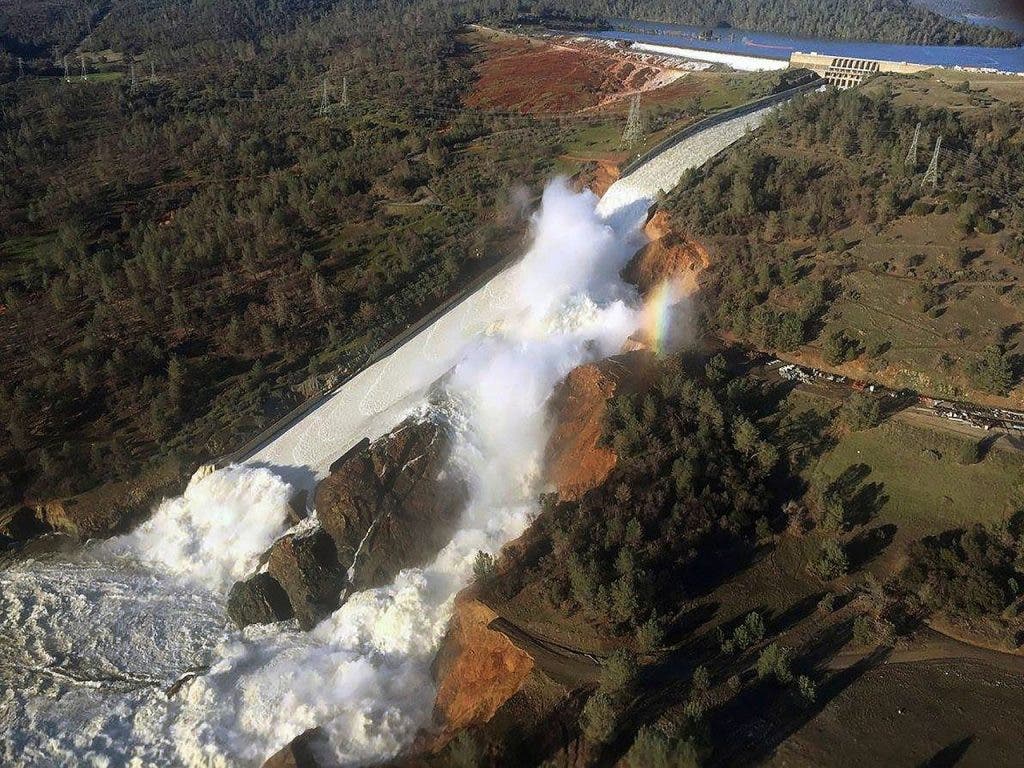
The Oroville Dam is the second-largest by structure height, at 235 meters (770 feet) high. It’s located on the Feather River in the United States. It’s the tallest dam in the US and serves mainly for water supply, hydroelectricity generation and flood control. The dam impounds Lake Oroville, the second-largest man-made lake in the state of California.
The dam was built by the California Department of Water Resources (CDWR). Construction started in 1961 and despite many difficulties it finished in 1968. The dam also had a troubled history, as in 2017 a hole appeared in the spillway. The CDWR cut back the water flow, causing Lake Oroville to flow over the emergency spillway.
The San Roque Dam ranks third, at 200 meters high. It’s located in the Agno River in the Philippines and it’s the largest dam in the country. Construction was finished in 2003, creating a reservoir with a surface area of 12.8 squared kilometers. The Kolnbrein Dam and the WAC Bennett Dam complete the height ranking.
Largest dam by installed capacity
The massive Three Gorges Dam is the world’s largest power station in terms of installed capacity, with 22.500MW. It’s located in the Yangtze River in central China and it was completed in 2006. It was 32 main turbines with a capacity of 700MW each and two small generators, reaching an average annual production of 112 terawatts.
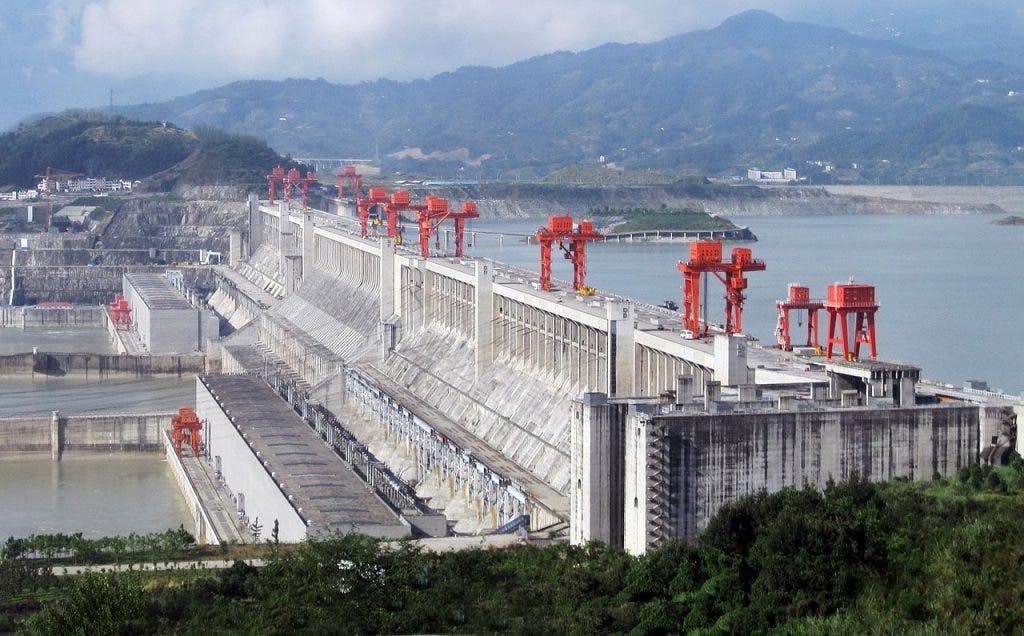
As well as producing electricity, the dam is intended to increase the Yangtze River’s shipping capacity. By providing flood storage space, the dam reduces the potential for floods downstream which could possibly affect millions. China has envisioned the project since 1919 and has described it as a big social and economic success.
Nevertheless, controversy has also surrounded the project. Creating the dam meant flooding towns, farmland and historical sites. More than one million people living in the area flooded by the dam had to be relocated at a cost of $24 billion. In 2007, geologists noted that the weight of water behind the dam had begun to erode the river’s shores.
Until the Three Gorges Dam in China was fully completed in 2006, the Guri dam in Venezuela held the title of the world’s largest in terms of installed capacity. The ranking is completed by other massive dams around the world: the Tarbela Dam in Pakistan, the Nurek Dam in Tajikistan and the WAC Bennett Dam in Canada.
Largest dam by water capacity
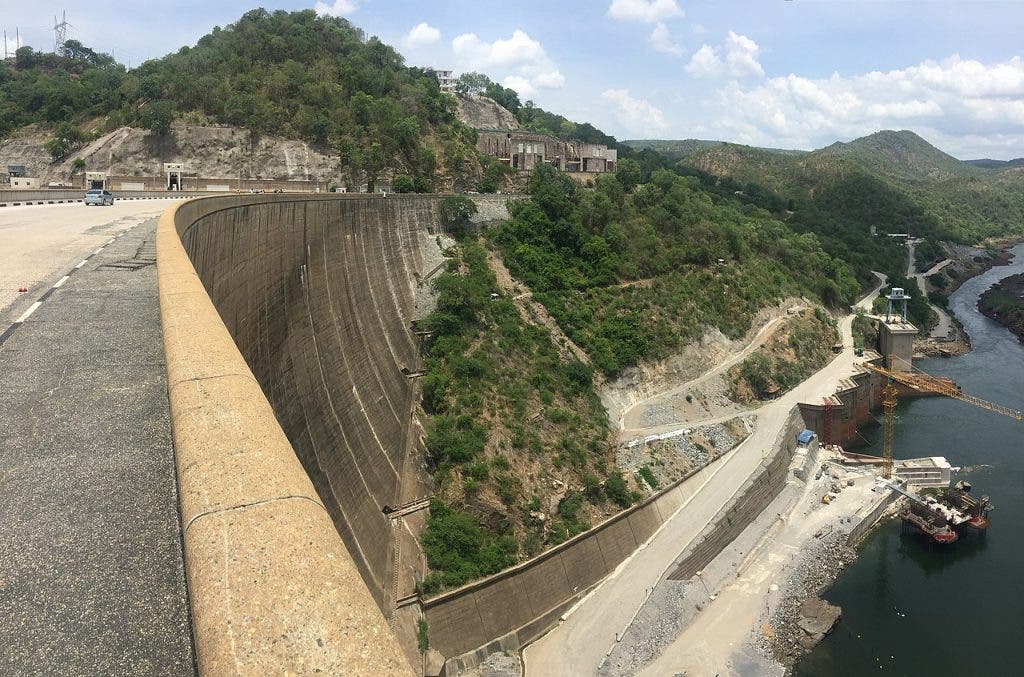
The Kariba dam creates Lake Kariba, which has a storage capacity of 185 billion cubic meters of water and a surface area of 5,580 square kilometers. This massive dam is located on the border between Zambia and Zimbabwe.
Construction of the dam began on 1956 and was completed in 1959. The dam supplies some 6,700 billion kilowatt-hours of electricity annually, generated by Kariba North Bank and South Bank companies. It came at a huge cost, requiring the resettlement of more than 30,000 Batonka tribespeople of Zambia and the evacuation of thousands of wild animals.
We have a whole post dedicated to the largest dams by water capacity — check it out here.
Largest tailing dams

Tailing dams are used to store byproducts from mining operations such as waste and water. They can be massive in size and reach up to 300 meters high. Instead of reinforced concrete, tailing dams use earth or rock to create a barrage. They need regular maintenance and monitoring to ensure the dam is strong to cointain the waste.
It’s estimated that here are at least 3,500 tailings dams around the world, but there’s no complete inventory. Between 2008 and 2018, there have been 31 recorded major tailings dam failures , not including the devastating failure of mining company Vale’s dam in Brumadinho, Brazil on 2019, in which 300 people are presumed dead.
The Syncrude Tailings Dam is considered one of the largest ones in the world, with 18.2 kilometers in length and 88 meters in high. By volume of construction material, it’s considered the largest earth structure in the world. It’s located In Alberta, Canada and it’s managed by Syncrude Canada, which extracts oil from the Athabasca oil sands.
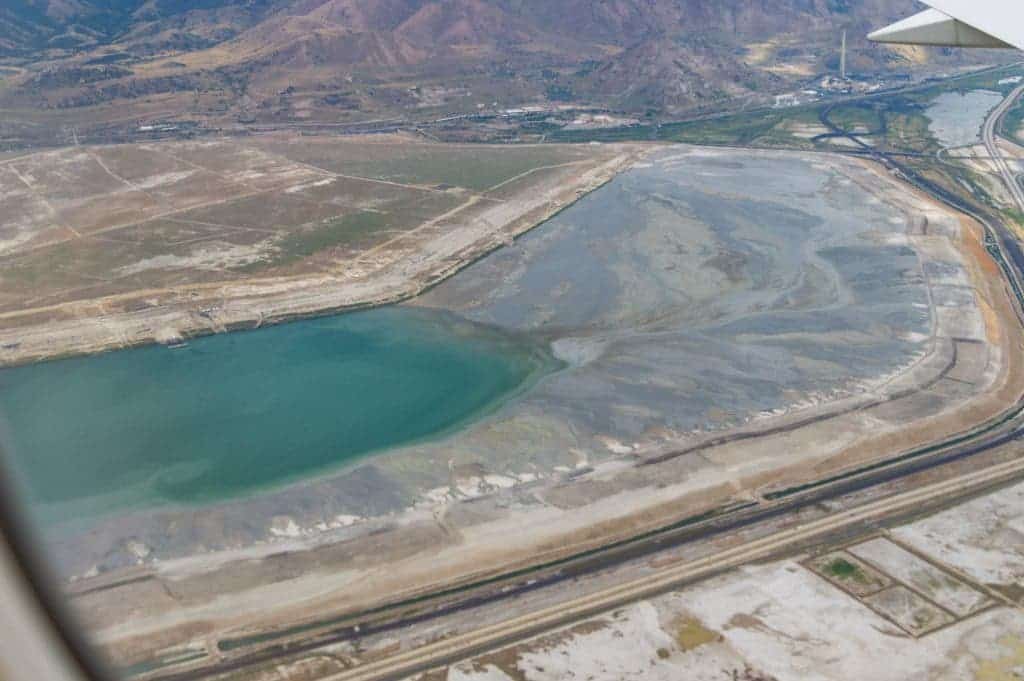
Other tailing dams constructed and operated in the same area by the oil company include the Southwest Sand Storage (SWSS), which is the third largest dam in the world by volume of construction material after the Tarbela Dam. The ASARCO Mission Mine Tailings Dam in Arizona, United States is also one of the largest tailing dams.
As the world is increasingly looking for ways to reduce our greenhouse gas emissions, dams can still play an important role for producing energy. But many large dams around the world have already been built decades ago, and the UN warns that most of the world will live downstream of such dams. Changing rainfall patterns and more extreme weather events have been putting dams under strains that were not envisaged by their designers. Simply put, if we want to make the best of dams and avoid problems in the future, we need to protect them carefully.


